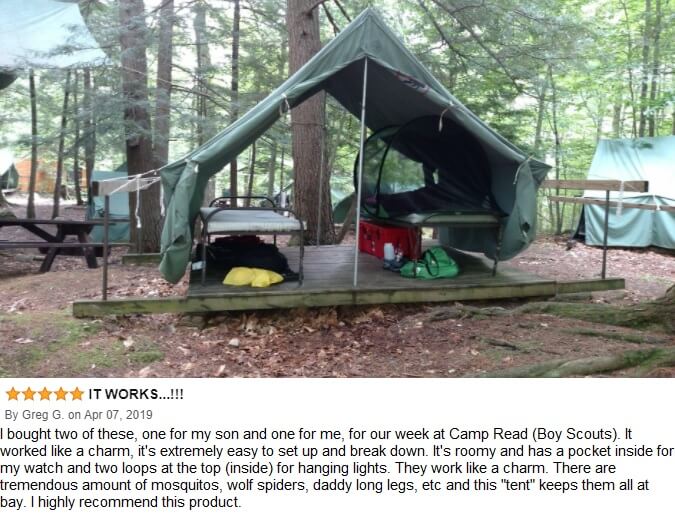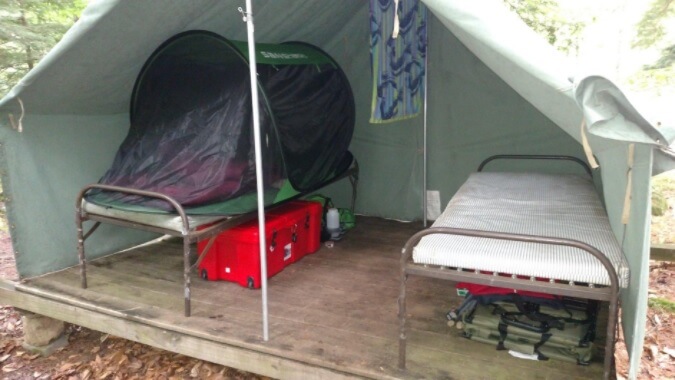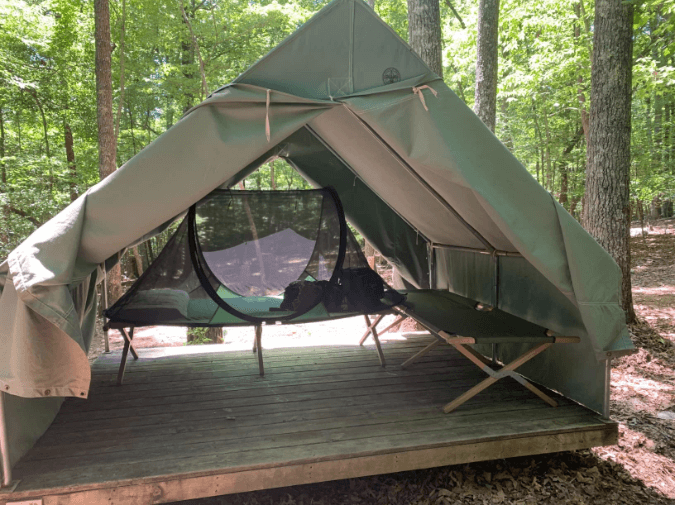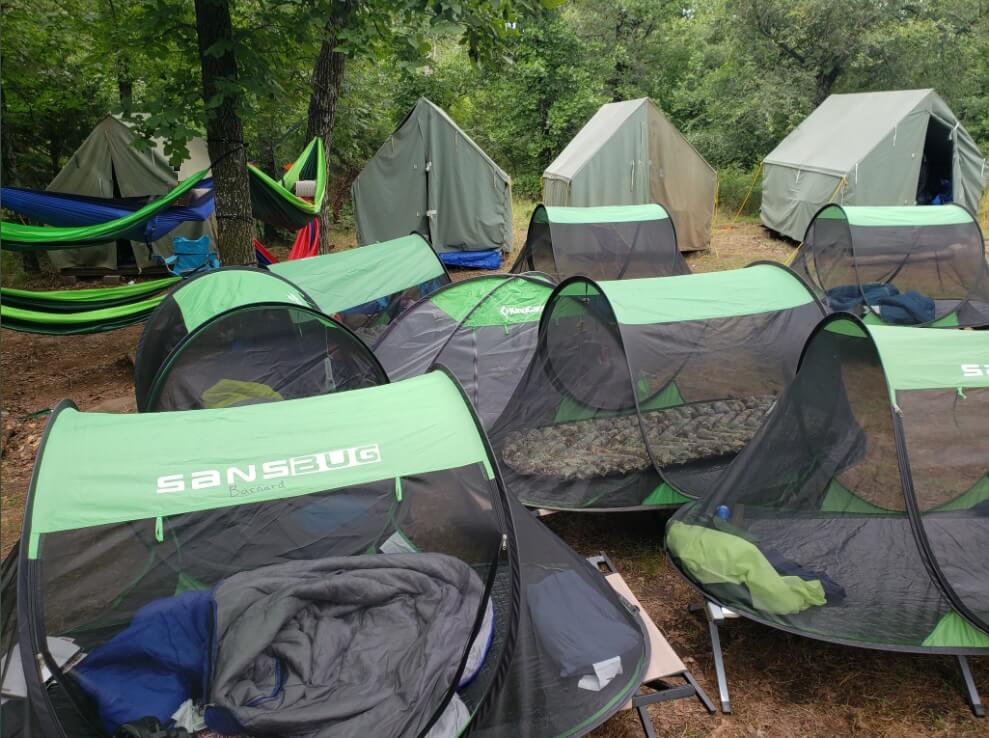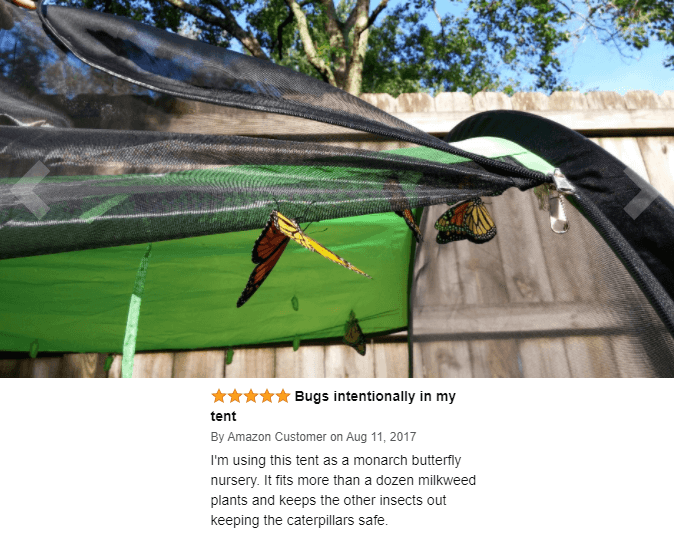Pop-up camping tents are becoming more popular with casual campers and now even accepted by the experts. Add a cot and you’re almost glamping! A pop-up camping tent on a cot provides convenience plus the luxury of being off the ground. Camping on cots in army-style, open-air, canvas tents on wooden platforms is the norm at most Scouting America summer camps. However, what size should the tent be relative to the cot?
Some folks don’t like the fact that the SansBug hangs over a cot. The SansBug one person tents have to be bigger than a cot to prevent you from touching the netting and being bit! An average adult changes position about every 20 minutes when sleeping. That number will go up with discomfort, unfamiliar surroundings, and anxiety… which is expected at summer camp, especially for a first-time camper. When you change position, your limbs are bound to touch the netting if it is too close. A camping tent that fits perfectly on a cot will force you to either sleep in only one position, or wake up with some nasty bites!
So the overhang over the cot is a good thing – the farther the netting is away from you the better. Being larger does not impact the ability to use it on a cot. Moreover, you don’t need to secure it to the cot. When you’re not inside, just the weight of your sleeping bag is sufficient to make it stay on the cot.
Cot Tent: Perfect Fit or Go Larger?
Seen and read on Amazon: “Purchased this tent for use at a 30 day military training exercise in Death Valley, CA… This pop up camping tent is wider that the standard military cot which is a benefit because it allows you to store items safely without rolling over on them while sleeping.”
Scott Newman, a Scouting leader, and who is a long time user – and fan – of the SansBug has this to say:
“The thinner models may satisfy the type A personalities when they look at a camping tent fitting on the cot, but I feel the thinner ones make me feel a little claustrophobic. Plus, on hot summer nights (and we are getting some scorchers), I can push my sleeping bag off the edge of the cot and it stays in the SansBug so when it drops to 64 degrees at 2:00 AM, I can still reach it and pull it back up.”
“The narrow tents may look like they fit the cot better but can be claustrophobic and don’t hold the clean change of clothes and gear a Scout often needs when they wake up. I, personally, feel the thinner tents are like the difference between a regular sleeping bag and a mummy bag – too claustrophobic.”


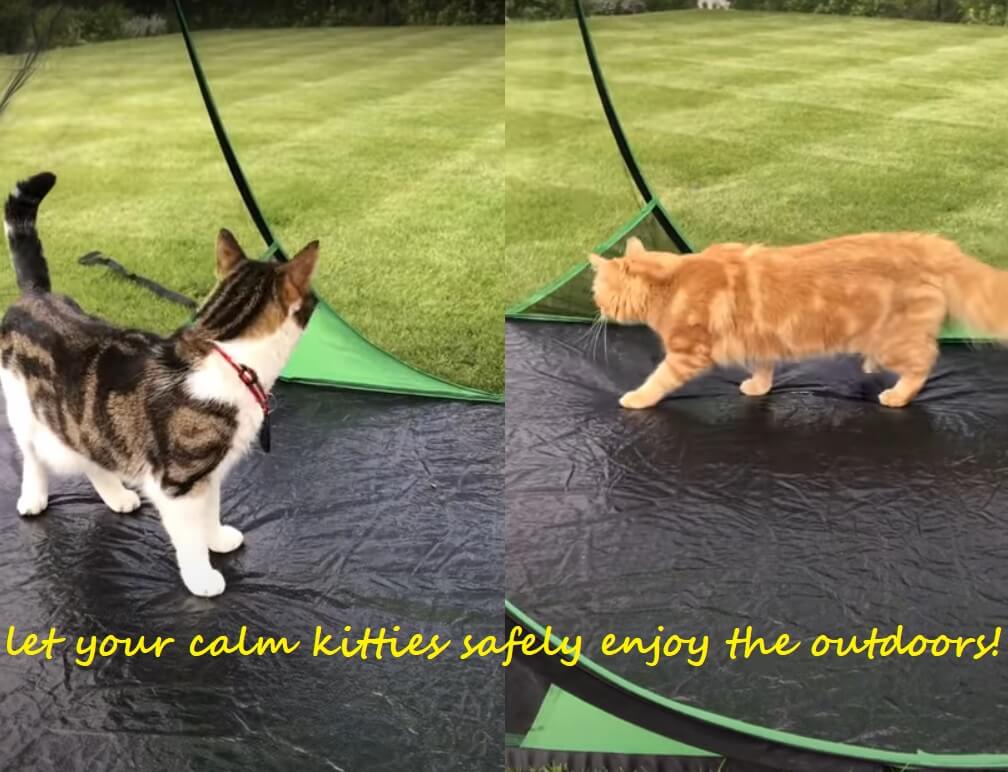
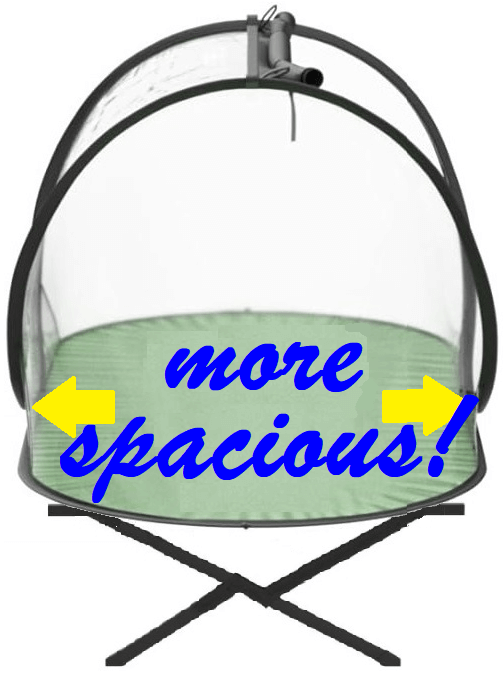
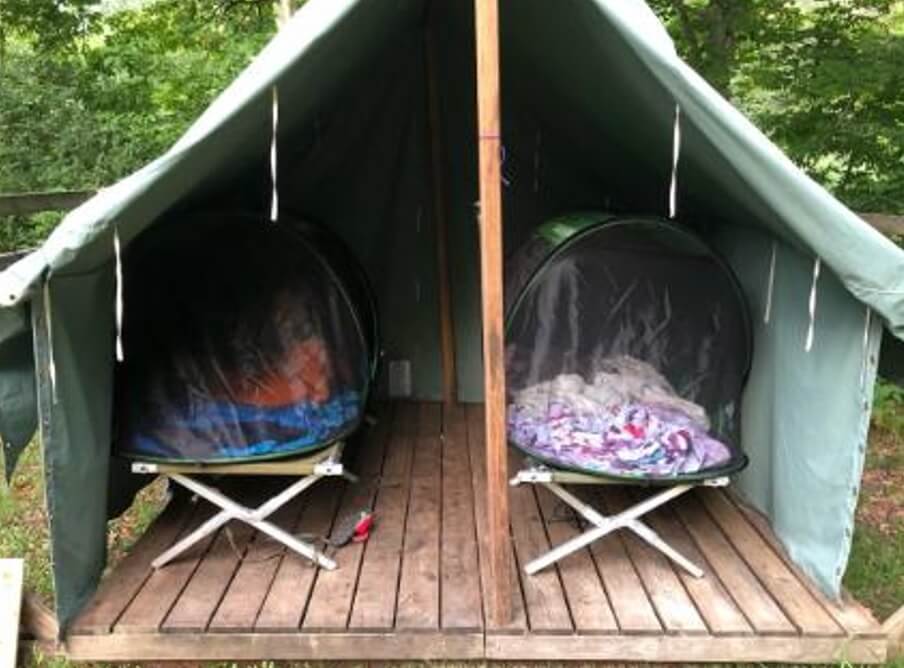
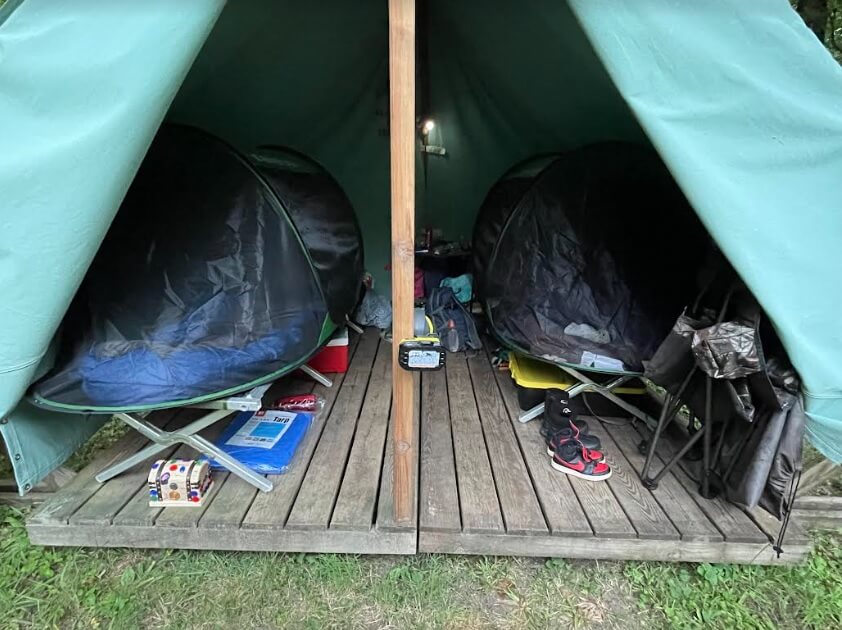
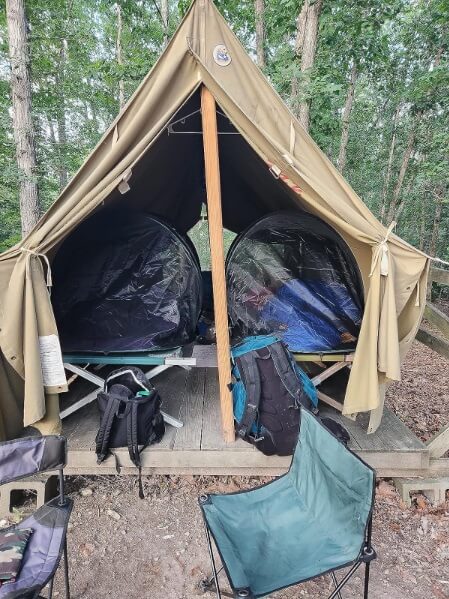
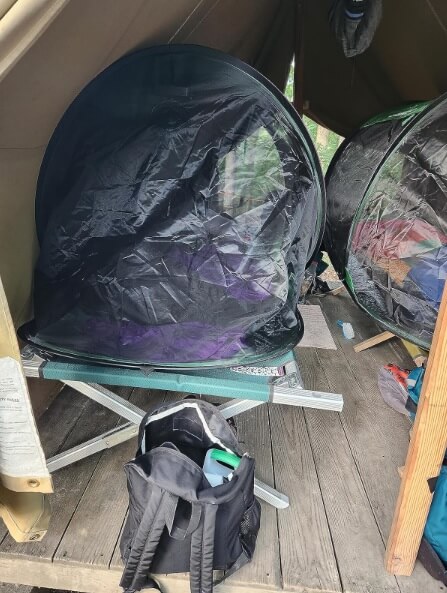
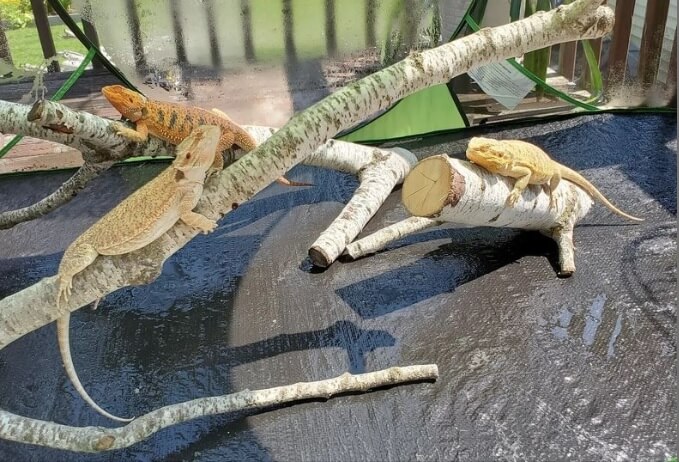
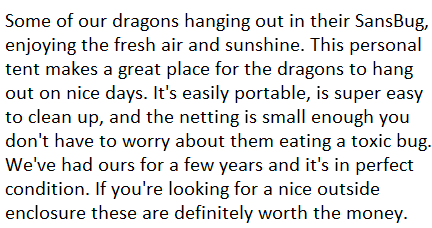
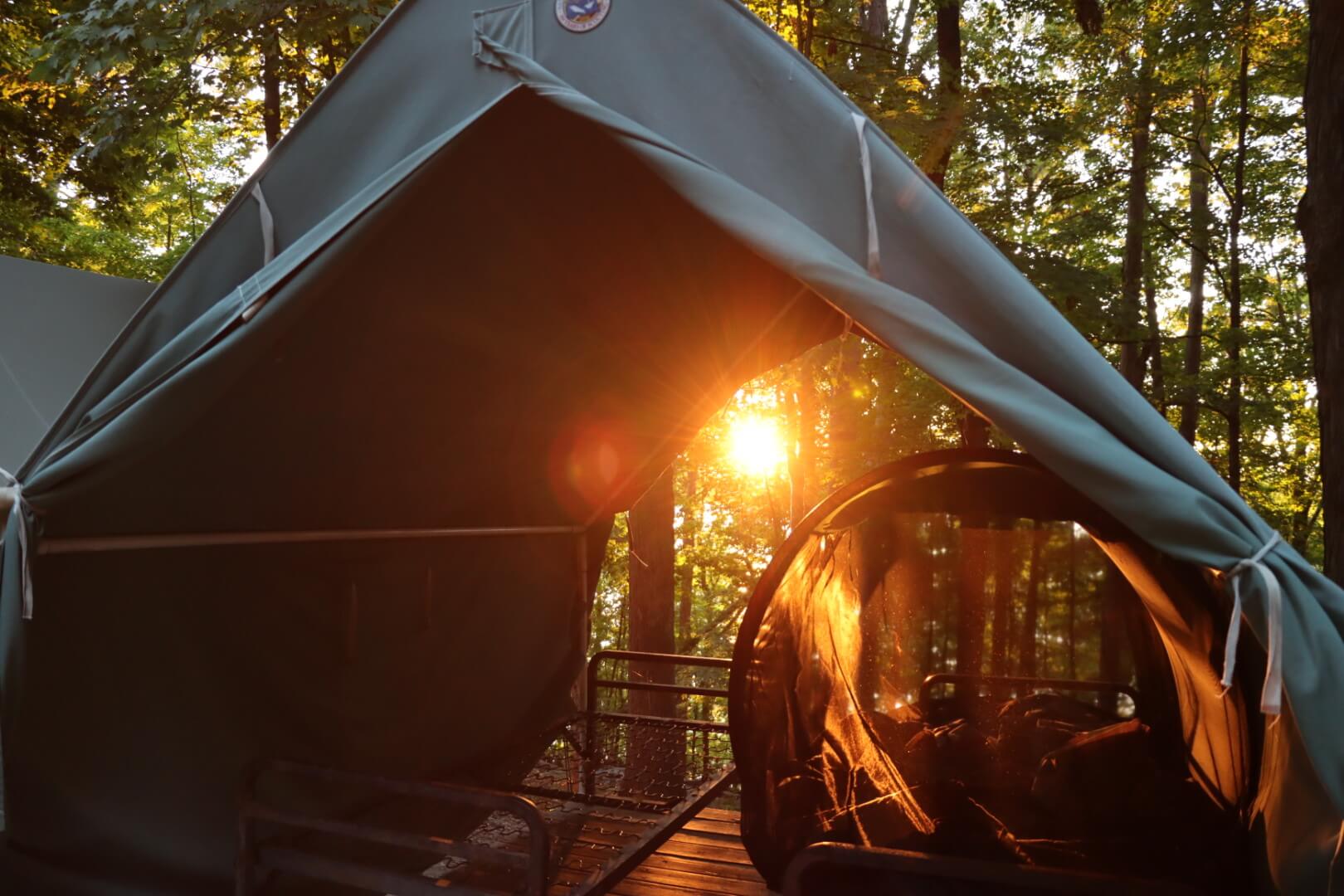
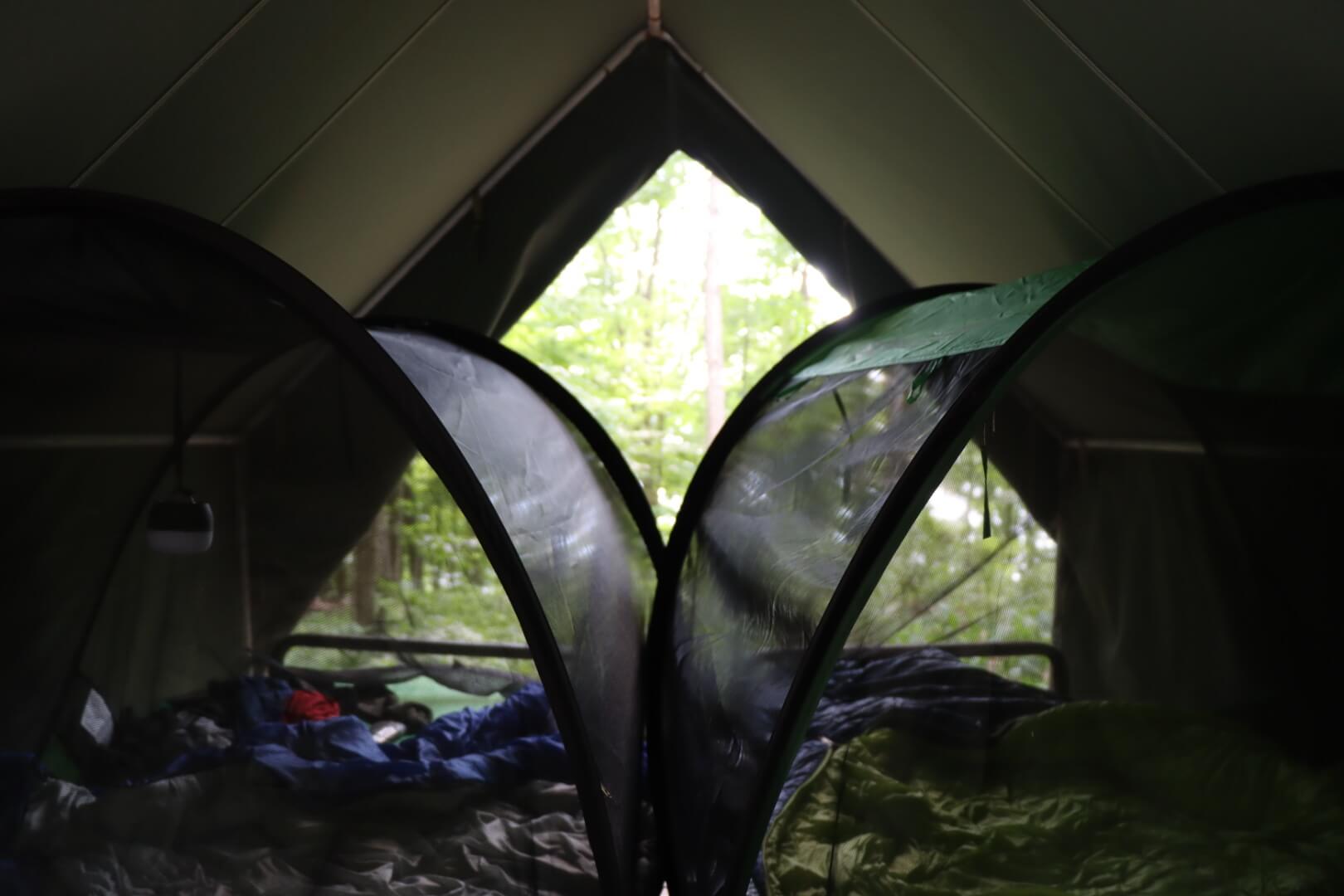
 Even a malaria expert needs protection from mosquitoes in Africa. Dr. Amy Bei, a Harvard-trained, Yale professor who speaks a gazillion languages spends her time between Dakar, Senegal and New Haven, CT. When she’s not fighting malaria, she grows and roasts her own coffee in Senegal, knits and weaves, and is working on her pilot license so she can fly bush planes and land on water.
Even a malaria expert needs protection from mosquitoes in Africa. Dr. Amy Bei, a Harvard-trained, Yale professor who speaks a gazillion languages spends her time between Dakar, Senegal and New Haven, CT. When she’s not fighting malaria, she grows and roasts her own coffee in Senegal, knits and weaves, and is working on her pilot license so she can fly bush planes and land on water.
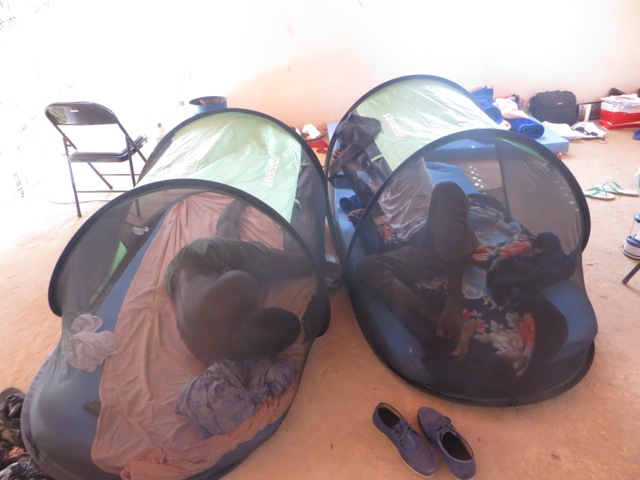 Researchers from Stanford University recently took the SansBug mosquito net tents to Senegal. They were working on a project on early language acquisition by children living in rural villages. Here’s a picture of two of their fieldwork team members who appreciated having the tents: “Sorry the room is not quite as orderly as in other pictures on your website, but this is the reality of spending 6 weeks in villages with two folding chairs and no electricity!”
Researchers from Stanford University recently took the SansBug mosquito net tents to Senegal. They were working on a project on early language acquisition by children living in rural villages. Here’s a picture of two of their fieldwork team members who appreciated having the tents: “Sorry the room is not quite as orderly as in other pictures on your website, but this is the reality of spending 6 weeks in villages with two folding chairs and no electricity!”